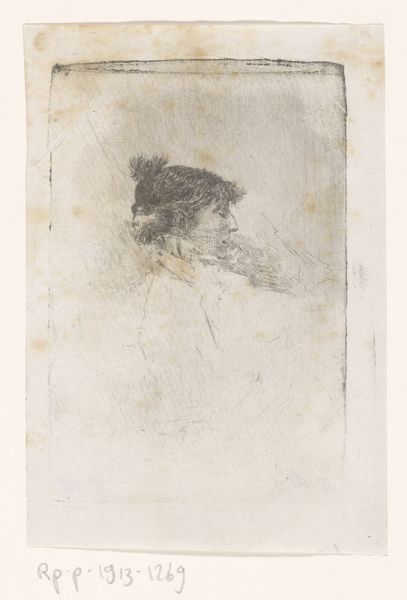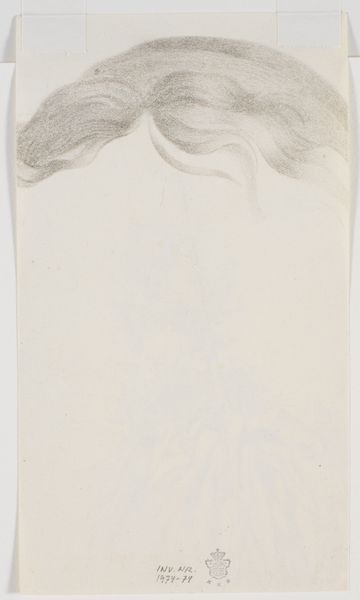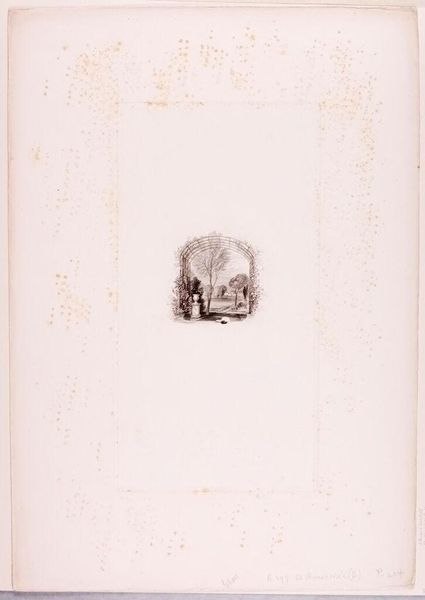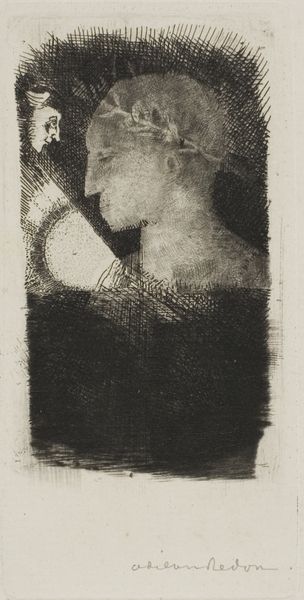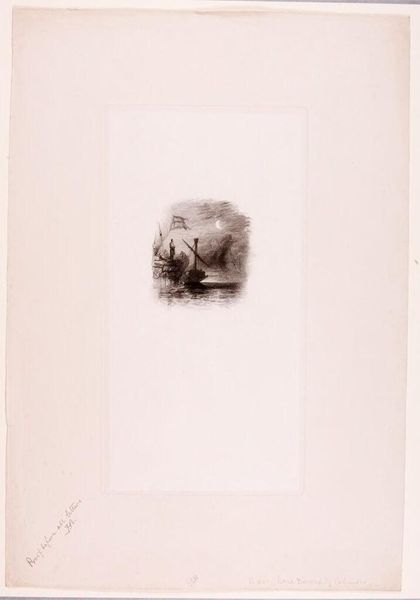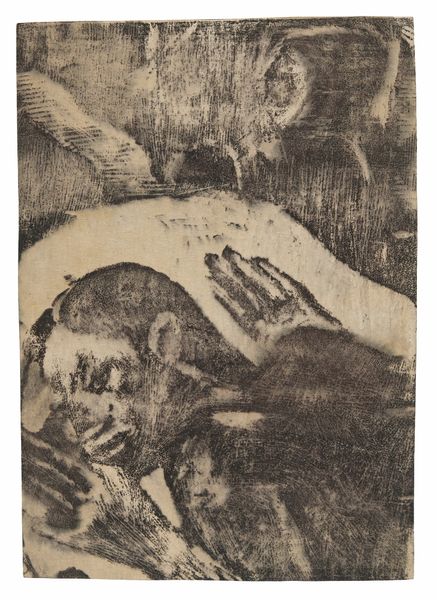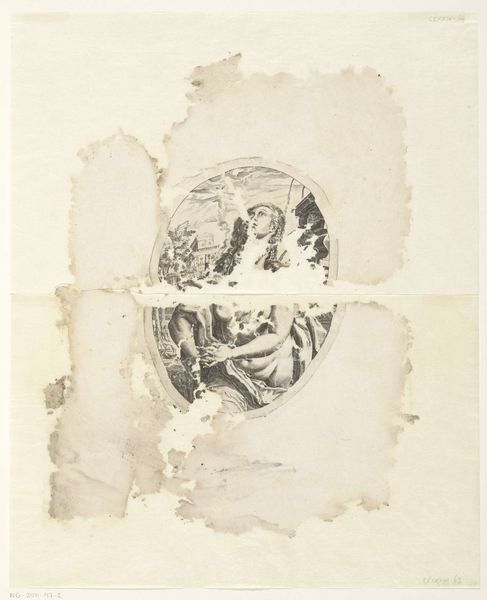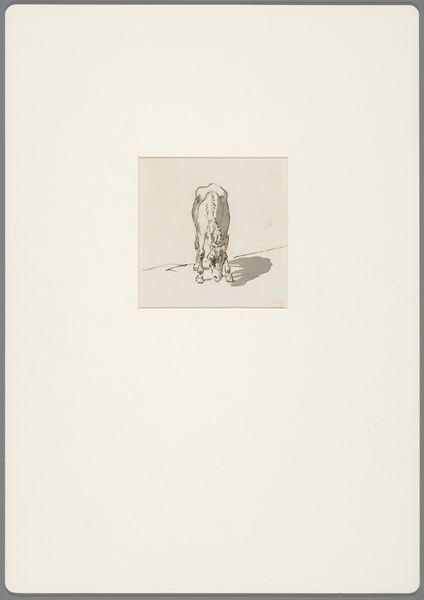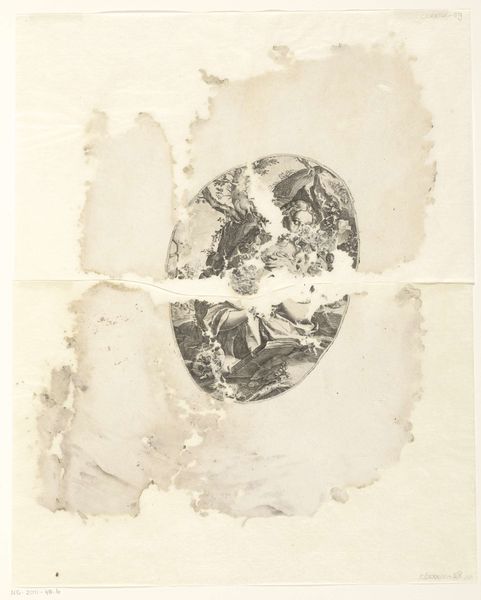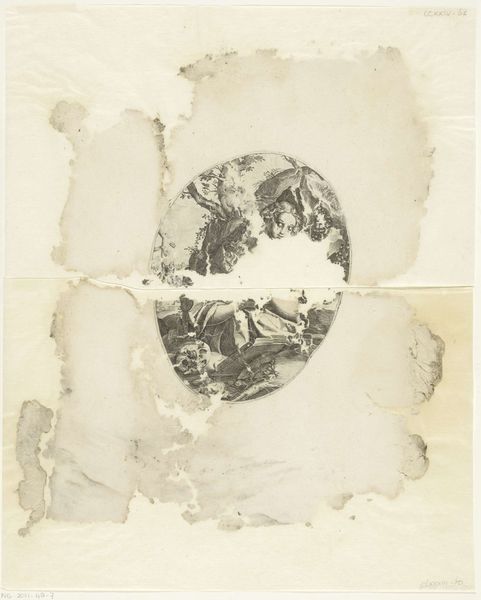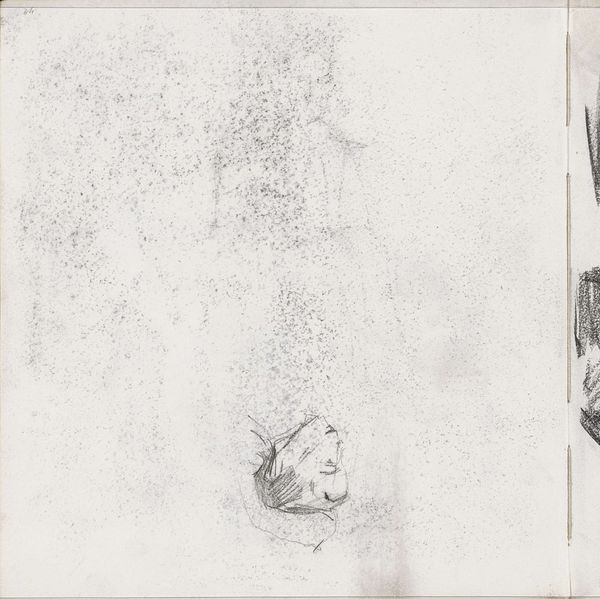
drawing, charcoal
#
drawing
#
charcoal drawing
#
form
#
abstraction
#
charcoal
Dimensions: height 411 mm, width 290 mm
Copyright: Rijks Museum: Open Domain
Curator: Welcome. We're looking at "Krab," a charcoal drawing by Johannes Frederik Engelbert ten Klooster, likely created sometime between 1883 and 1931. Editor: Immediately, I’m struck by its… oppressiveness. The limited grayscale palette combined with the sheer size of the crustacean subject relative to the page, creates a feeling of looming threat. It dominates the frame, doesn’t it? Curator: Indeed. The artist’s focus on pure form here is striking. Consider the rendering of light and shadow – observe how ten Klooster uses these elements to construct volume and mass. It almost doesn’t matter what the subject actually *is*; the manipulation of tone becomes the core meaning. Editor: I can appreciate that analysis. But I see this differently. Considering the period, might we interpret this imposing crab as symbolic of encroaching industrial forces crushing marginalized communities, especially given the historical association of crustaceans with labor? Its shell, a symbol of armor, becomes instead a representation of vulnerability against larger systemic exploitation. Curator: That's a reading certainly worth considering. But observe, again, how the subtle variations in the charcoal create almost imperceptible shifts in the plane. The eye isn’t directed to social issues. Editor: But isn’t that precisely the point? The lack of specificity *amplifies* its symbolic resonance. This isn’t *just* a crab; it’s a symbol, intentionally vague, implicating viewers in the very systems that perpetuate harm. Curator: It’s certainly thought-provoking. One can find resonance across varying aesthetic theories when focusing on an artwork’s structural properties. Editor: And through its power to represent both historical realities and enduring social inequalities. It allows for us to consider how art becomes a crucial mirror reflecting and refracting society's many truths.
Comments
No comments
Be the first to comment and join the conversation on the ultimate creative platform.
